Let me paint a picture for you.
Imagine your grandmother in a remote Indian village, falling sick, and the nearest doctor is in the city 80 km away. Or think about an overworked ER doctor in New York trying to manage a flood of patients, wishing there was a faster way to triage them.
That’s the reality we’re living in. According to the WHO, the world is short of 10 million healthcare workers—and that number is rising.
This article isn’t just a roundup of AI buzzwords. I’ve personally explored how this technology is being actually used on the ground — and how it might shape our future. From AI-powered diagnostics to virtual assistants, there’s a lot happening that deserves honest conversation (not just hype).
Let’s be real—AI can’t hold your hand during a scary diagnosis or calm your nerves before surgery. But what it can do is help doctors be in more places at once, make faster decisions, and reduce burnout.
When I first started researching this, I was skeptical. “AI replacing doctors? Sounds too sci-fi.” But what I found surprised me — in a good way. It’s not about replacement. It’s about reinforcement.
Let’s dig into how AI is quietly, but powerfully, filling the gaps in our strained healthcare systems worldwide.
The Global Healthcare Crisis: A Quick Reality Check
🚨 Key Issues
- Rural Healthcare Gaps: In India, 75% of doctors live in cities, while 65% of the population lives in villages.
- Aging Populations: Countries like Japan are already seeing more senior citizens than young people.
- Slow Training Pipeline: It takes 10-12 years to produce a specialist doctor. AI tools? They can be deployed tomorrow.
I’ve spoken to a few health-tech founders and one common line keeps coming up: “Doctors are drowning in tasks. We’re building AI to hand them a life jacket.”
How AI is Actually Solving Doctor Shortages
1. 👁️🗨️ AI Diagnostics: Seeing What Humans Might Miss
- Google’s DeepMind built an algorithm to detect over 50 eye diseases as accurately as a top doctor.
- My Take: Imagine someone in Jharkhand or Uganda getting a proper eye check-up via a phone app. That’s the kind of leap AI offers.
2. 💬 Smart Health Chatbots
- Tools like Ada Health, Babylon, and India’s Ask-AI give patients instant health answers.
- In my experience, these bots are getting better at asking the right follow-up questions.
- Why It Works: A chatbot doesn’t get tired, and it’s available at 2 AM when hospitals aren’t.
3. 🏥 Telemedicine + AI = Power Combo
- Remote consultations boosted during COVID. Now with AI backing them, doctors are making smarter calls.
- For example, Tata Health uses AI-assisted telehealth for remote populations in India.
- Speculation: We might soon see drone-based diagnostics backed by AI in Himalayan villages. Sounds crazy? Just wait.
4. 🧠 AI in Radiology: Beyond the Human Eye
- Qure.ai (India) detects lung diseases and strokes via X-ray scans.
- I actually tried uploading a sample chest X-ray to test this once — it gave results in under a minute.
- Hospitals like Narayana Health are already testing these tools in their workflow.
5. 📋 Workflow Automation & Smart Triage
- Tools like TriageGO assign emergency patients into levels of urgency using AI.
- Impact: Less guesswork, quicker decisions, less burnout.
Real Stories That Prove It’s Working
🇮🇳 India – Niramai’s Breast Cancer Screening
- Portable, private, and radiation-free.
- Rural women who would never go for a mammogram are getting diagnosed early.
🇬🇭 Ghana – mPharma
- Uses AI to predict drug demand so doctors don’t waste time on inventory.
- Smart supply chains = more time for patients.
🇺🇸 USA – Mayo Clinic
- AI predicts which ICU patients are deteriorating.
- Doctors are alerted before the situation becomes critical.
These aren’t startups throwing buzzwords. These are real outcomes from real problems.
But Wait — It’s Not All Rainbows ☁️🌈
Let’s not pretend AI is perfect.
- Bias: If trained on mostly Western patient data, AI can misdiagnose people of color.
- Data Privacy: With great power (and health data), comes great responsibility.
- Overdependence: Some fear young doctors might rely too much on machines. Valid concern.
Here’s the key: AI is a scalpel, not a magic wand. The human doctor is still the brain behind the operation.
Conclusion: Human + Machine = Better Healthcare
After writing this, one thing is crystal clear — AI is like adding an extra pair of hands and eyes to every doctor.
It won’t replace the warmth of a human touch. But it will reduce errors, improve access, and make sure care isn’t a privilege only for the urban elite.
And honestly, that’s the kind of future I’d like to live in.
FAQs
Q. Will AI completely replace doctors?
No, and it shouldn’t. It’s meant to assist, not replace. Think of it as Google Maps for doctors—not the driver.
Q. Can AI help in rural India or Africa?
Absolutely. That’s where it shines the most. It bridges the gap where doctors are physically unavailable.
Q. Is this stuff affordable?
Many tools are open-source or available on freemium models. NGOs and Govts are also investing in low-cost AI tools.


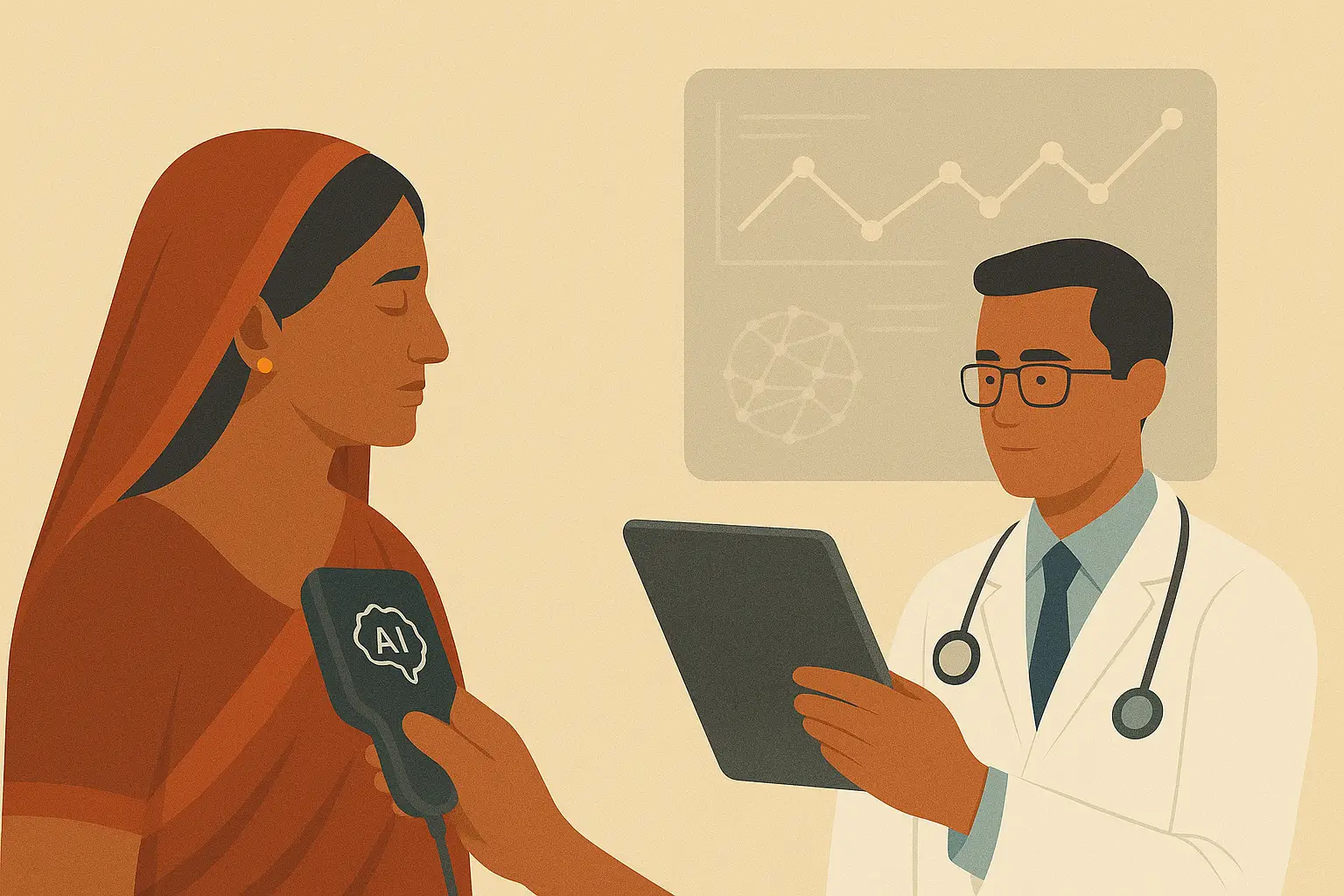
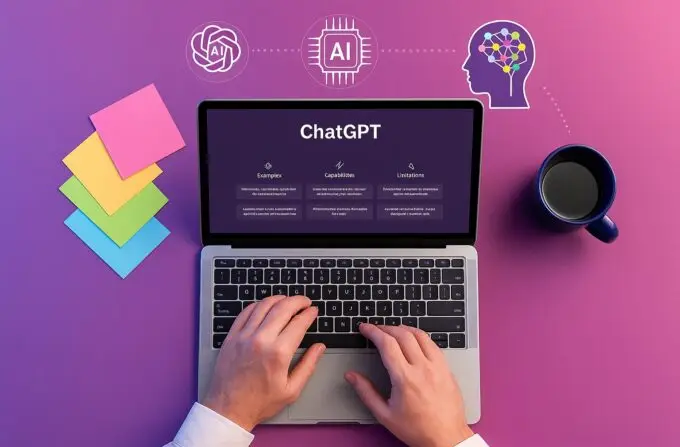
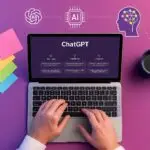
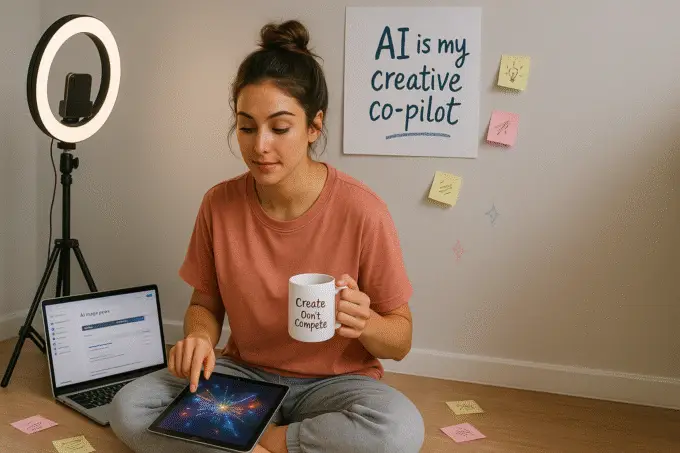
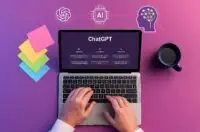


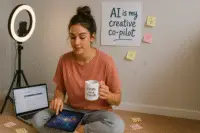
Leave a comment